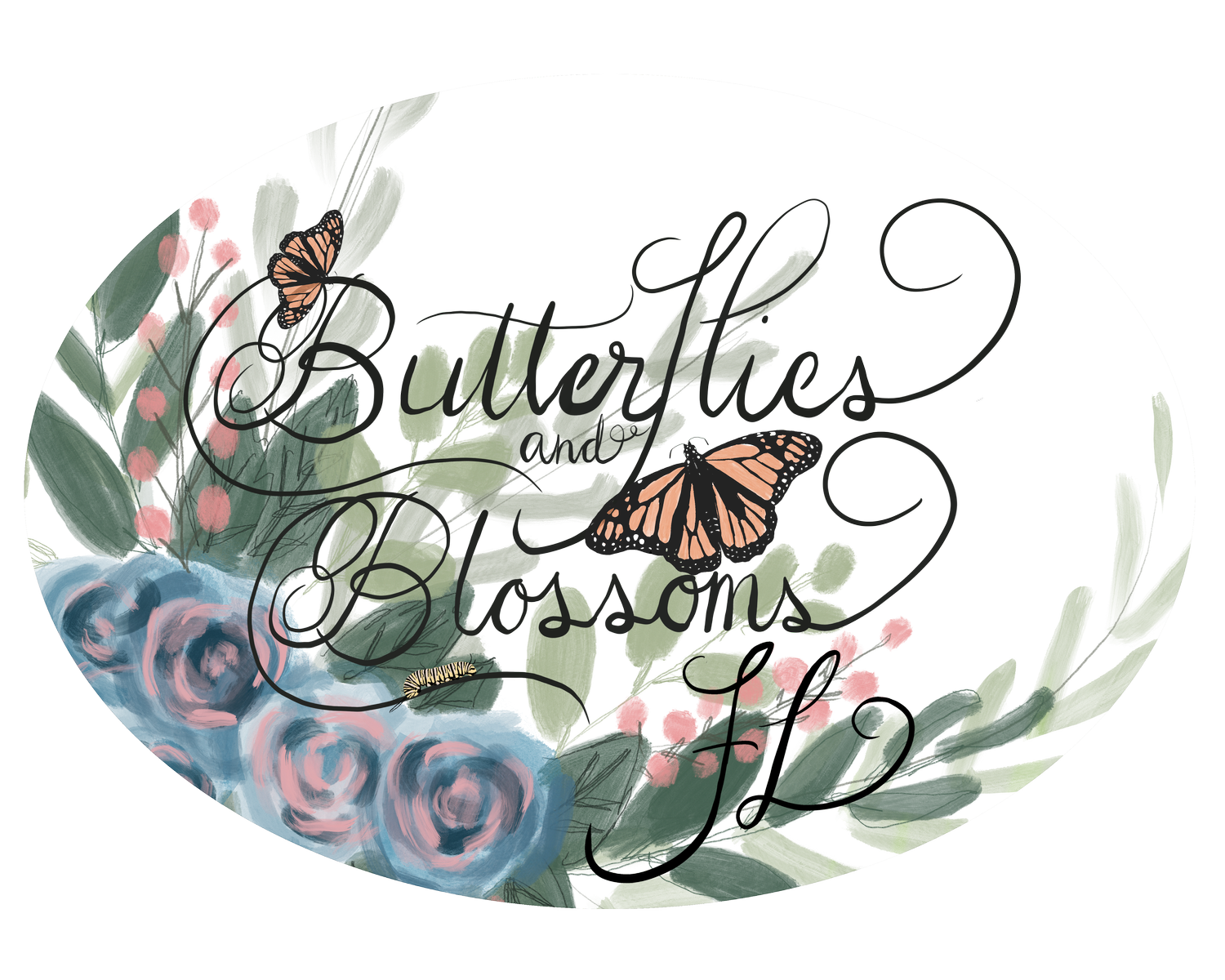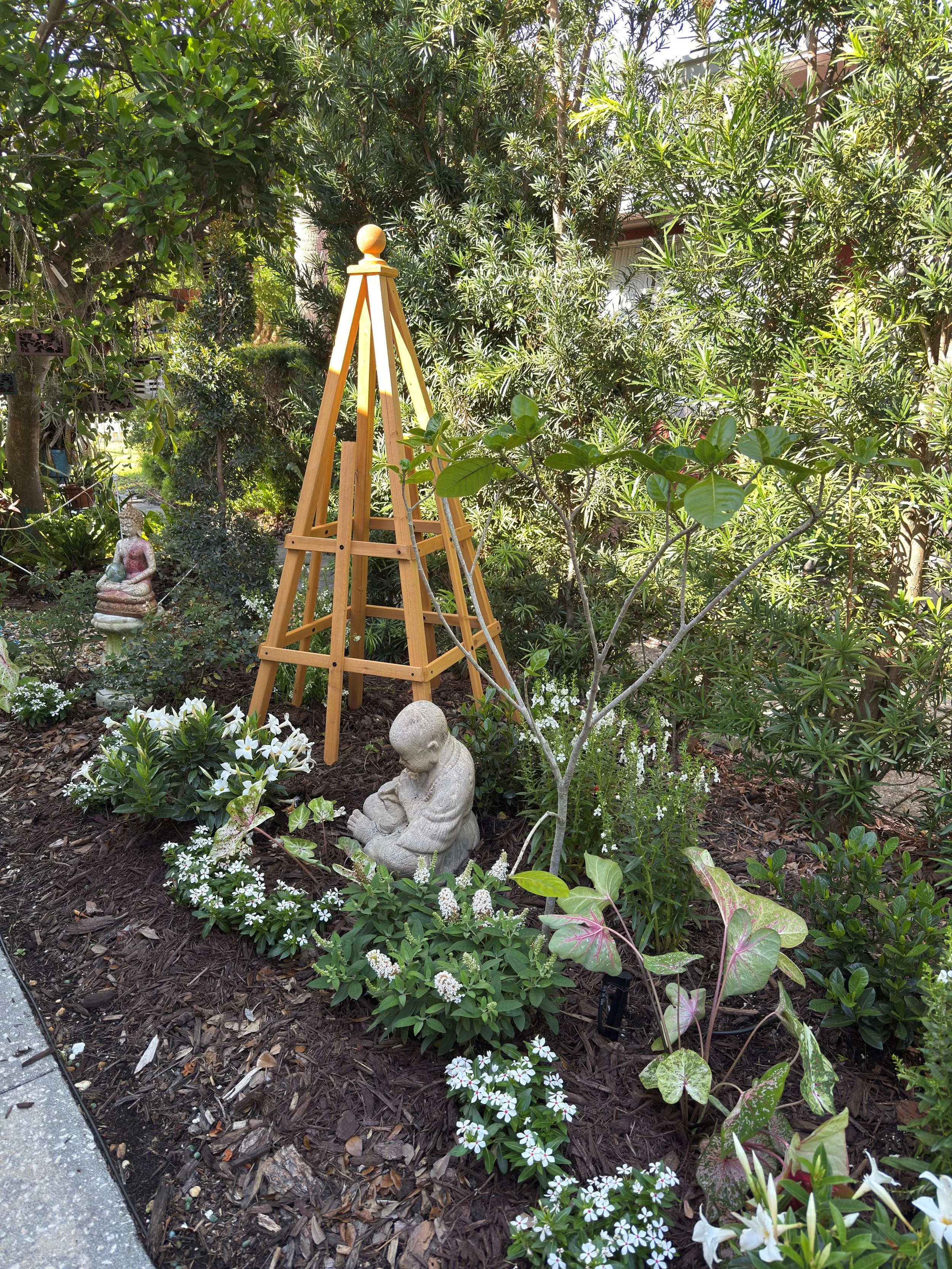Diary of a Gardener, Designing My Moon Garden: A Story of Transformation
Recently, I decided to redesign one of my garden rooms—an area that’s always been a bit of a thorn in my side. It’s a long, narrow rectangle backed by my neighbor’s very tall hedge. Over the years, I’ve tried placing potted plants and a bench there, but no one ever sat in it; the sun blazes down on that spot for most of the day. The space had become a hodgepodge of collected plants—roses, mostly—and most recently, the beginnings of a moon garden with white and pink roses. I added a border of white geraniums and called it a day.
But as spring gave way to summer, the roses either grew wildly out of control or did nothing at all. They never bloomed in unison, the geraniums began to fade, and the whole area looked more like an afterthought—a place where I tossed plants I didn’t know what to do with. It lacked structure, cohesion, and charm. And yet… I still loved the idea of a moon garden.
So, What Is a Moon Garden?
A moon garden is a space designed to be enjoyed in the evening or nighttime, especially under the glow of the moon. These gardens feature white or pale pastel blooms, silvery foliage, and heavenly fragrance—all of which reflect light and stimulate the senses after sunset.
But they’re more than just beautiful. Moon gardens also play an important role in supporting nocturnal pollinators, which are often overlooked in traditional daytime pollinator garden designs.
Why Moon Gardens Matter to Pollinators
Support for Nocturnal Pollinators
While most of us think of bees and butterflies, moths, bats, and beetles are hard at work pollinating after dark. Sphinx moths (which resemble hummingbirds in flight) are especially important nighttime pollinators, drawn to fragrant, night-blooming plants like moonflower, evening primrose, and jasmine.Extended Foraging Hours
By including night-blooming or scented plants, you’re expanding the timeframe pollinators can feed—boosting pollination success and supporting a broader range of wildlife.Fragrance as a Beacon
Many night bloomers emit strong, sweet scents that help pollinators locate them when visual cues are limited in the dark.Habitat Diversity
Offering nectar and shelter across both day and night cycles helps create a more balanced, resilient ecosystem in your own backyard.
Back to My Garden Makeover…
Determined to bring life and intention to the space, I put on my designer hat and started sketching—those plant circles we all know and love. I wanted structure, but also a sense of whimsy, which is always my personal style.
Here’s what I kept:
A white Tahitian gardenia
Two Drift roses
Two low-growing white and pastel roses
Some caladiums
A birdbath bowl perched on a white stool, with white dipladenia and lime green sedum spilling around it
To balance the white stool, I added a cedar obelisk (or “tuteur”) opposite it. Then it was off to one of my favorite local nurseries, Troy’s Tropics, where I picked up:
Two spiral topiary Eugenias
A white dipladenia bush
Two gardenias
White Angelonia
White Vinca Suntory
Planting the Vision
I used the spiral topiaries as “bookends,” centered the Tahitian gardenia, and placed the obelisk opposite the stool for visual balance. I filled in with the small shrubs and wove in white Vinca and caladiums to create a winding border—softening the stiffness of the rectangular shape.
Under the obelisk, I sowed moonflower seeds. Once they germinate, the moonflower vine (Ipomoea alba) will climb and twine, becoming the final, enchanting addition to this nighttime retreat.
Moonflower is more than just a pretty face. It’s a fast-growing vine in the morning glory family with large, fragrant white blooms that open at dusk. Not only does it add a sensory experience with its scent and luminous glow, but it’s a magnet for sphinx moths—critical, underappreciated nighttime pollinators.
The Finishing Touch
I reintroduced my Buddha statues, and suddenly, this neglected corner of my garden became one of my favorite places. It’s peaceful, fragrant, full of life—and finally has the structure and intention it was missing.
If you’ve got a small space in your yard that needs a refresh, consider creating your own moon garden (also known as a white garden). It’s a perfect experiment in evening beauty, pollinator support, and personal serenity.
Whether you’re looking to entertain guests under the stars, sip wine on a warm night, or simply let nature enjoy the space—you won’t regret it.
Not sure where to start? I can help.

